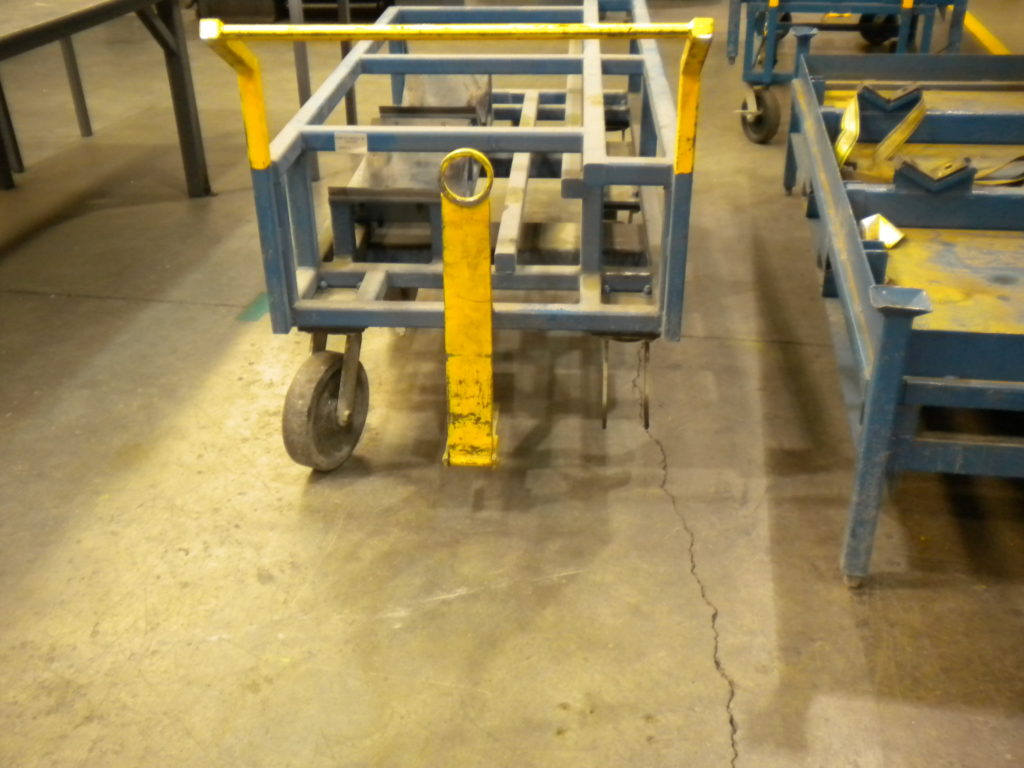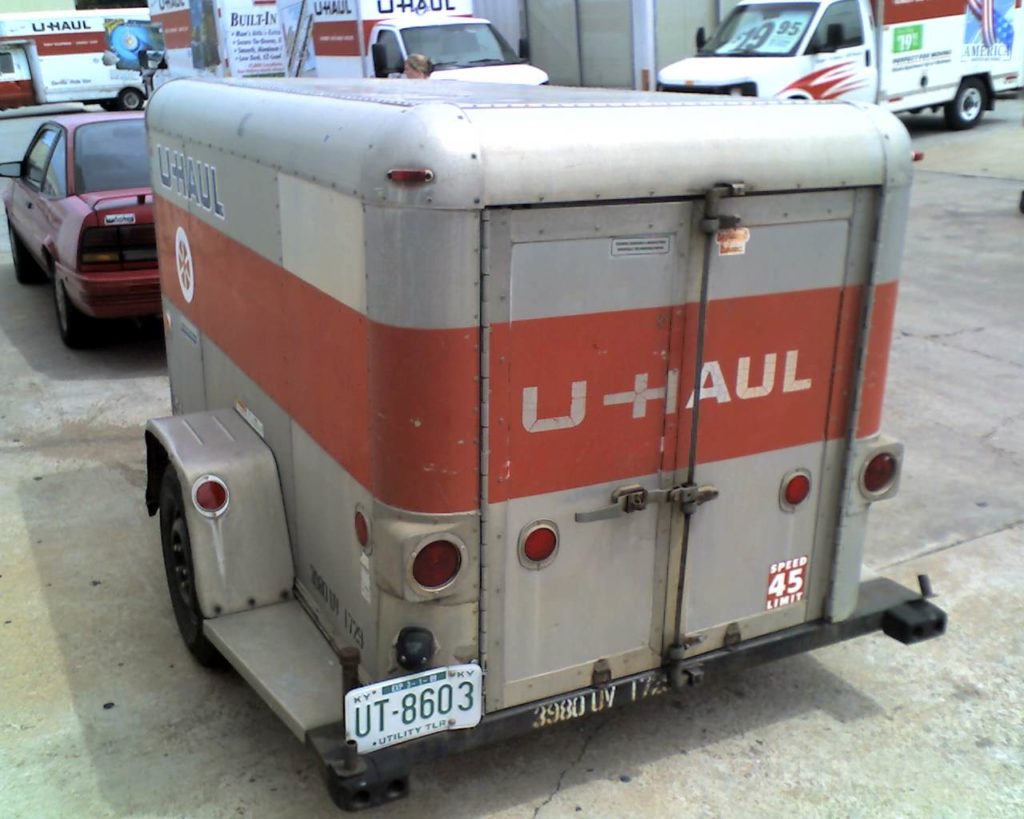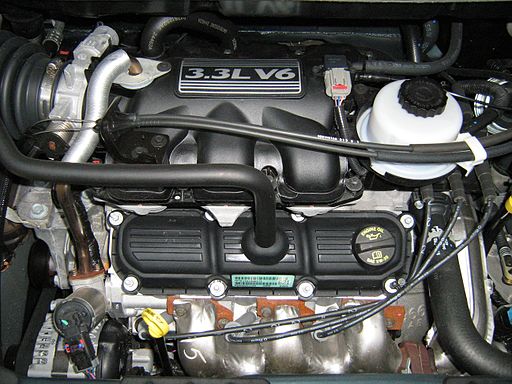I admit that the occasional need to move furniture is not a consideration when I buy a personal vehicle. This is probably why I am not driving a pickup truck like many of the commuters on the road. These days it usually takes a more substantial vehicle to even tow a U-Haul trailer. In actual practice we all push the limits to solve our difficult transport tasks. You will see me strapping a 4×8 sheet of plywood to the roof of my car. The trick is not to damage the vehicle by pushing the transport limits.
As a vehicle designer, my task would be a lot easier if the customer would go for buying a full size van. No such luck. The buying public wants a V6 engine stuffed into a minivan. This marriage pushed the limits into the bonus category. Even though the minivan purchasers wanted V6 horsepower, the transmission case size was not a match. The drive gears were just not big enough to always handle the input torque. This is where bonus thinking fits in. Just because there are some situations where the engine is just too powerful, does not mean that it is not possible to take advantage of the extra power most of the time. Bonus. On the engineering side it causes some real scrambling. When we launched the Chrysler Minivan V6, the EPA tested engine set up, generated more torque than our transmission could handle. This was discovered at the 11th hour after it was too late to redo the EPA emission testing. Implementing the fix resulted in the only time that I have launched a part into full 1,000,000 per year production before receiving any drawings what so ever. Negative lead time. The stator for the torque converter, which connects the V-6 engine to the transmission, was reshaped to eliminate most of the torque multiplication. The trick is that the torque converter still needs to get the vehicle rolling again after it comes to a full stop. 25 years later the mini-van still uses this transmission set-up even though all of the other front wheel drive transmissions are now computerized.
It would be very convenient for the vehicle design engineers to not take the users tendency to overload the vehicle into account. Since it is unlikely that it is possible to prevent this type of vehicle abuse, the best we can do is to reduce the likelyhood of damaging the vehicle. Control of the vehicle speed is one of the effective methods that we use. As a staring point the industrial vehicles that I design have a maximum speed governor. Since we know that the force levels increase with speed, this is most important when the vehicle is heavily loaded. The trailers that are towed are similarly affected. It is very easy to knock the wheels off by pulling the trailer at more than a fast running speed.

The new generation of industrial vehicles that I am designing have the next level of computerized vehicle damage protection. This will enable utilizing the vehicle closer to the limit.
In this lean era, success is based on learning to squeeze more performance out of the same resources. Embedding strategies that let us use a less expensive vehicle in a wider range of tasks will always be the goal. This is even more true as the manufacturing community copes with mass customization which generates a wider variety of transport tasks.





